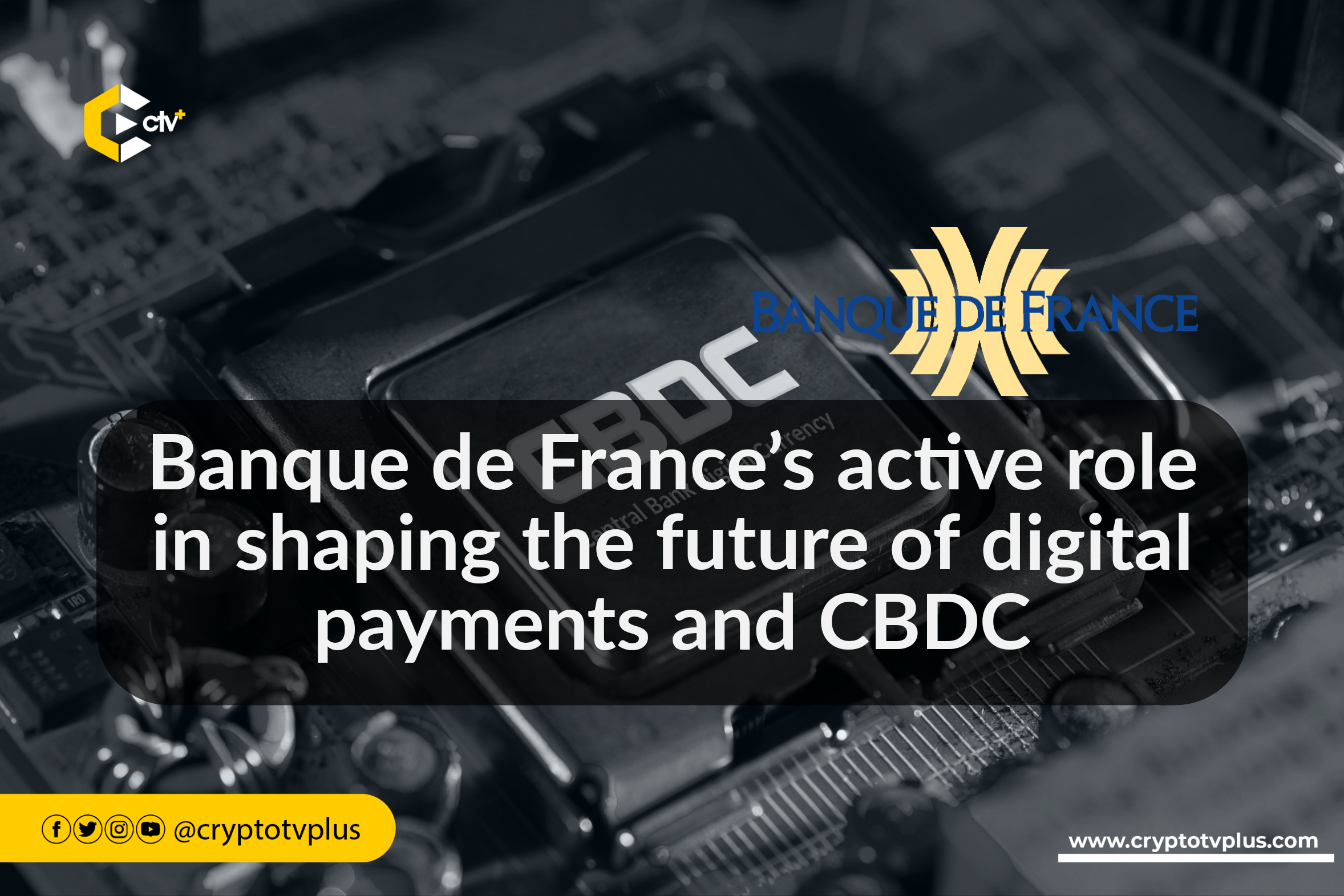News
Banque de France’s active role in shaping the future of digital payments and CBDC

Banque de France is boldly transforming financial markets by utilizing DLT in payment systems. Claudine Hurman, Director of Innovation and Financial Market Infrastructure at Banque de France, has outlined Banque de France’s strategic plan for digital payments in capital markets.
Since 2020, Banque de France has conducted 12 experiments, collaborating with market participants, to explore various DLT technologies and their use cases. They have particularly emphasized tokenizing finance and cross-border transactions. Market participants and Banque de France have uncovered three distinct models for issuing CBDC directly on DLT platforms, including interoperability, distribution, and integration models.
These models complement each other. Banque de France has shared the findings from these experiments with the broader Eurosystem, which is exploring how to use central bank money for settling large-value financial transactions on DLT platforms.
Experts have recognized the use of central bank money for settling securities as a safe and liquid option since the 2008 financial crisis. However, tokenized central bank money for wholesale payments is not yet widely available.
However, the lack of tokenized central bank money could prompt market participants to use less-regulated alternatives, such as stablecoins, potentially creating risks like liquidity fragmentation. This emphasizes the need for CBDC to offer a secure and efficient mechanism for settling tokenized transactions, aligning with the global push for CBDC to maintain financial stability.
Additionally, having cash and security tokens on the same ledger offers the main benefit of enabling atomic settlements, allowing transactions to be simultaneously delivered and paid for. This setup could also facilitate the development of smart contracts for automated compliance monitoring, simplifying the process compared to separate cash and security ledgers that require third-party involvement.
Stablecoins and tokenized commercial bank money are emerging as alternative forms of tokenized money. However, these alternatives lack the security and reliability of central bank money. Tokenized commercial bank money shows promise but still depends on central bank money for convertibility and safe settlement of large transactions. In this way, tokenized commercial bank money and CBDC can serve different types of transactions and scales, making them complementary.
Meanwhile, Banque de France’s Project Mariana aims to address interoperability in real-time gross settlement systems by introducing CBDC. The project involves Banque de France linking multiple domestic DLT platforms to a shared DLT platform, enabling real-time and secure payments. This approach aligns with global concepts proposed by the Bank for International Settlements and the International Monetary Fund.
Furthermore, Ms. Hurman emphasizes that international cooperation and coordination are crucial in implementing CBDC ensuring interoperability and common standards. This cooperation requires all stakeholders, including central banks and international regulators, to work together to drive the transformation in cross-border payments.
Banque de France’s work on CBDC and DLT is laying the groundwork to transform digital capital markets. By focusing on security, efficiency, and international cooperation, Banque de France is paving the way for a future where financial transactions can be settled using tokenized central bank money, both domestically and cross-border.
Read also: SIM Swaps Cause Massive ETH Losses on Friend. tech
























